Delta Finally Adds 737 MAX to Fleet
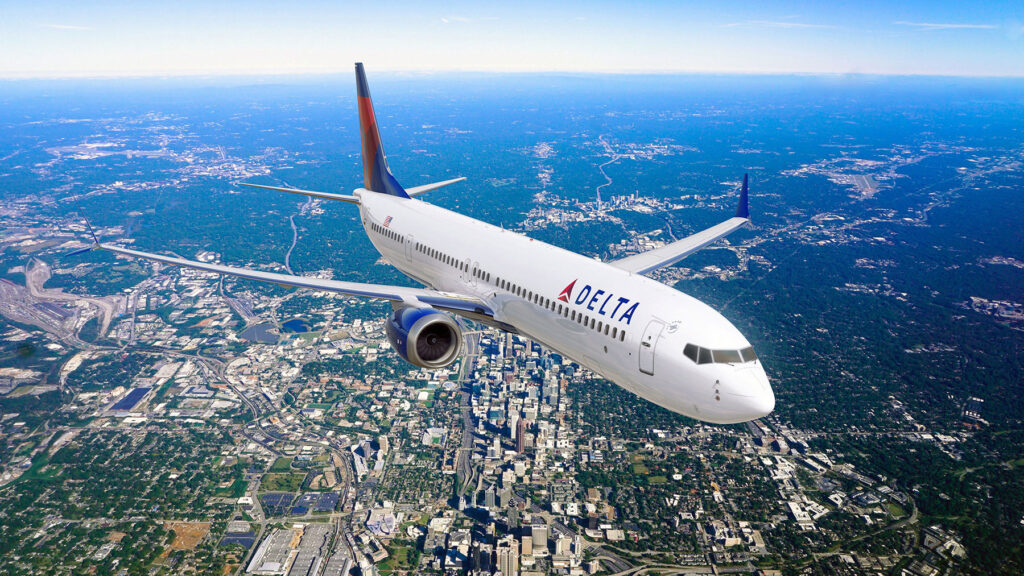
The Atlanta-based carrier announced they have a firm order for 100 737 MAX-10 aircraft with options for 30 more at the Farnborough International Airshow 2022.
Boeing 737 MAX Order Part of Fleet Renewal as Air Travel Demand Returns
Although Delta has been loyal to the Airbus A321neo, rumors began to swirl about a potential 737 MAX purchase in March 2022. While the carrier did not formally comment at the time, chief executive Ed Bastian did tell a seminar that the company could “figure out how to bring them [the 737 MAX-10] in.”
Under the agreement, Delta will receive the first 737 MAX-10 in 2025. The largest variant of the narrow-body aircraft will be powered by the CFM LEAP-1B engine, which is reported to be up to 30% more fuel efficient than the retiring aircraft. As is customary with aircraft deals, the price Delta is paying was not disclosed.
The airline says the MAX-10 fits into their long-term strategic plans on multiple levels. The larger aircraft will be able to accommodate more passengers than the retiring airframes. In addition, the airline says adding another 737-type aircraft will simplify pilot training. Combined with their A321neo orders, Delta says adding the newest generation 737s will help their goals to be more environmentally sustainable over time.
When integrated into the fleet, the 737 MAX-10 will feature 20 first class seats, 33 Delta Comfort+ seats, and 129 economy seats. Each aircraft will be outfitted with power outlets at each seat and on-demand in-flight entertainment through Delta Studio.
“The Boeing 737-10 will be an important addition to Delta’s fleet as we shape a more sustainable future for air travel, with an elevated customer experience, improved fuel efficiency and best-in-class performance,” Bastian said in a press release. “These new aircraft provide superior operating economics and network flexibility, and the agreement reflects our prudent approach to deploying our capital.”
Once the new aircraft are delivered, Delta’s total fleet will exceed over 300 airframes. However, the 737 fleet will still be the second-largest aircraft type in the airline, trailing behind the Airbus A320 family.
New Airframes Part of Larger Investment Strategy
The new aircraft is just one part of Delta’s latest investment strategy as the demand for aviation returns. Alongside upgrades in Delta Sky Clubs and facilities in New York, Los Angeles, Seattle and Salt Lake City, the company is planning to buy back up to $1.5 billion in notes due between 2023 and 2026, including the “SkyMiles Notes” backed by their loyalty program.
Feature image courtesy: Delta Air Lines
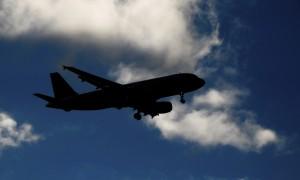
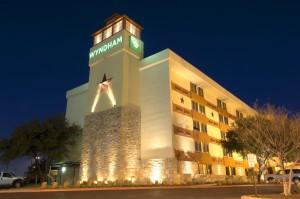

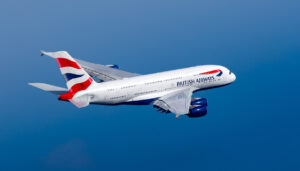
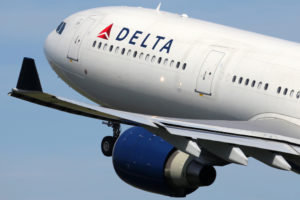

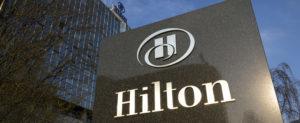



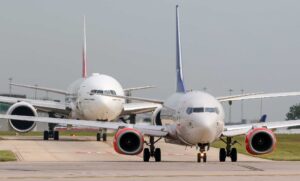
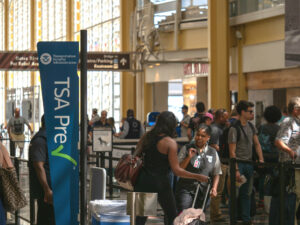
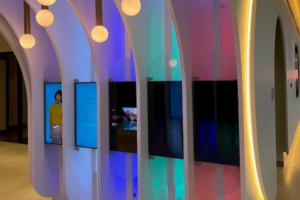



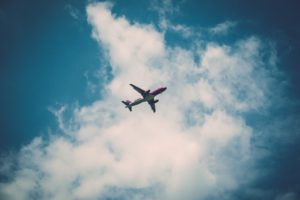

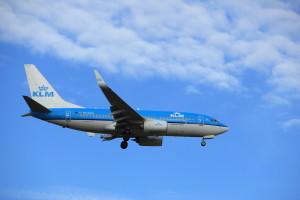
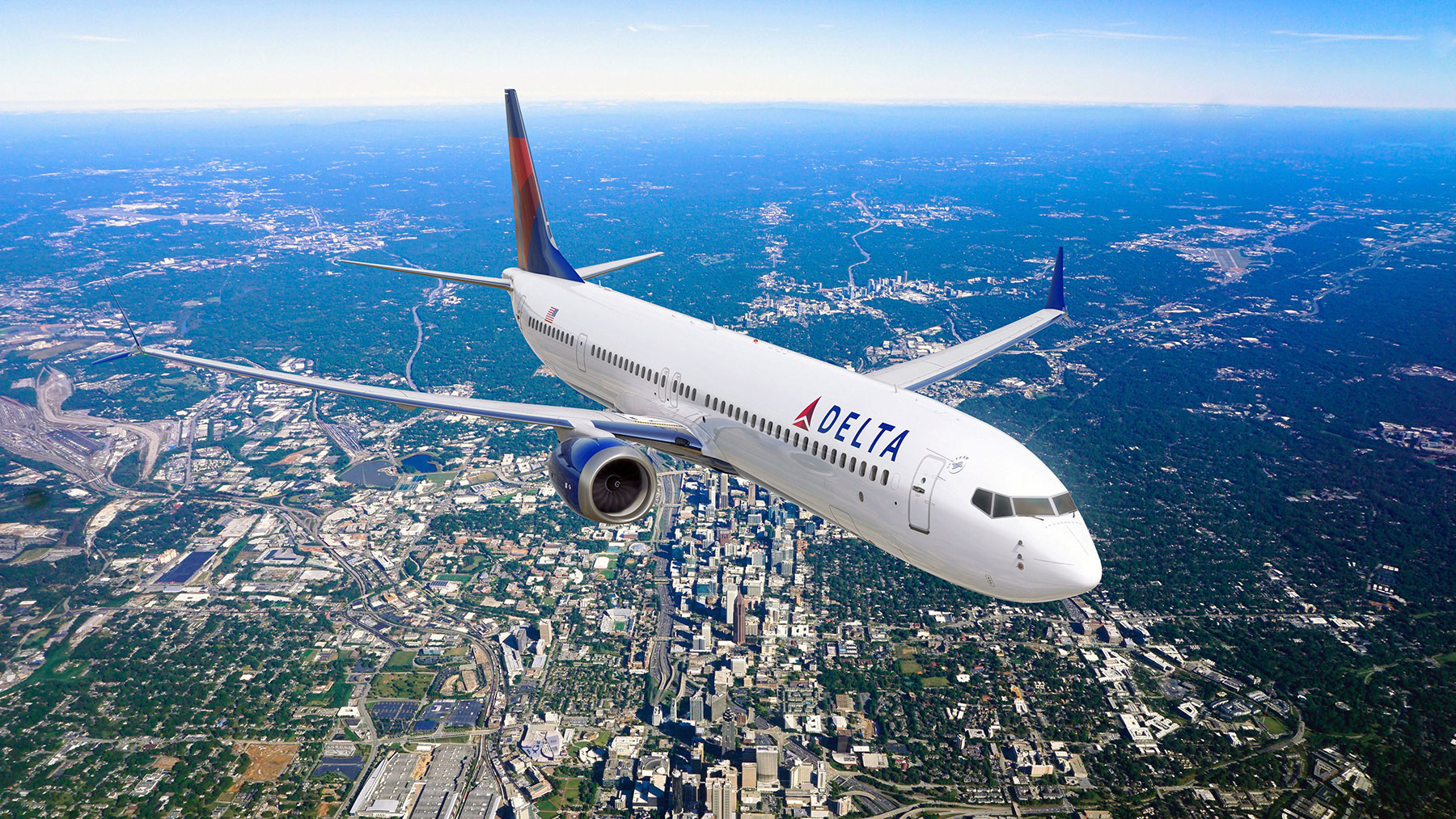
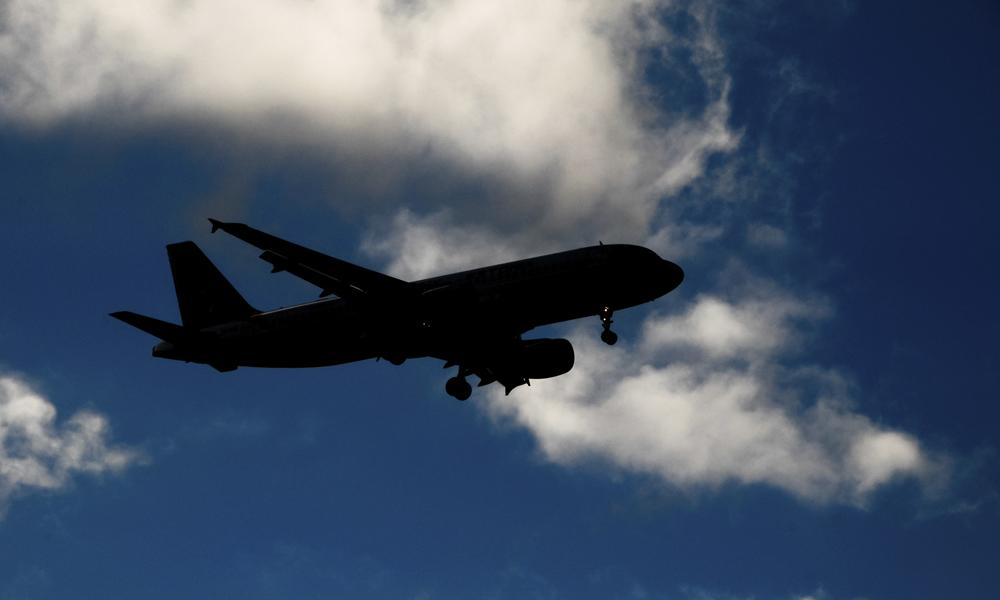



People are saying this is Delta saying they want the 797 as a replacement for 757.
Safest airplane in the sky and now a hit for Boeing!
...Boeing lost part of my respect for moving their HQ out of the Northwest (where most of their manufacturing and development is done) to Chicago, not proceeding with a true 757 replacement (the 737 Max is "Not"), the Max certification debacle, and the recent decision to move all 787 production to the troubled South Carolina plant from Everett.
I used to have a great deal of respect for Boeing as their engineering was sound, but lately (particularly following the MDD acquisition) that does not seem to be the case. Had they gone ahead with the 757 replacement instead of putting all their eggs in the basket of a half century old concept (originally intended to be a short-medium haul aircraft designed to serve small town airports), they would have had their "NMA" years ago and the jump on Airbus. But then, I'm no corporate bean counter. Looks like I'll have to check aircraft type every time I plan a trip now. I'll take the smaller A220 over a Max on a transcontinental trip.
I totally disagree. Boeing has been headquartered in Chicago for a long time and there is nothing wrong with the East Coast plant. I respect Boeing.
Yuck, another stretched 737 with a squished interior I bet. I hope DL doesn't follow the horrid layout that they used for the 737-900.
Safety counts far more than so-called "environmental sustainability. Unless this airframe is 100% FAA certified safe, it's by by Delta for this Diamond
Airlines wanted a more efficient 737 because they didn't want to train their pilots on a new airframe. Boeing is at fault because the programmers of the MCAS forgot the cardinal rule in aircraft safety, redundency. MCAS was coded to only use the input from one of the angle if attack indicators. Faulty indicators on the aircraft that crashed repeatedly engaged MCAS which pushed the nose down. MCAS now uses the input from both indicators. If they don't agree MCAS displays an error and won't engage.
Second Boeing engineers felt the chance of MCAS engaging was minimal, a poor assumption, so they didn't add it to the training manuals so pilots weren't aware MCAS existed. MCAS is now documented in the manuals and added to the pilot training.
Third Boeing engineers didn't anticipate that MCAS pushing the elevators down would make it almost impossible to uses the manual elevator wheel to level the plane. This has been fixed.
Lastly several foreign airlines train their pilots. The airlines of the crashed 737s trained their pilots to rely on the aircraft automation. Manual flying training is minimal. The pilots of the crashed aircraft reingaged the autopilot after they were able to level the aircraft (because that is what they were trained to do) which reenabled MCAS which pushed the nose down again causing them to crash.
I think it's more like bye-bye flying for Aloha1. Last I checked every US major is or soon will be flying a version of the MAX. Mix in AS and your options dwindle even more. In your case Aloha truely means Good-Bye.
They wouldn't be back in the skies if the FAA didn't deem them safe. While the suspension of their ability to fly in the US was an appropriate measure, it did more damage to the flying public's peception of the aircraft than the actual issues caused. A pilot friend explained it to me this way... the reason the US didn't experience any issues with the MAX aircraft is that pilots in the US received additional training on the aircraft and have more clearly defined protocols than the pilots who experienced issues. Even before the computer system upgrades, those planes were safe to fly with a US flight crew and continue to be now. Southwest Airlines has been using them since day 1 without issue and resumed their use as soon as they were able. Pilots want to get home to their families, just like you do, and they're not going to fly something they don't feel safe in. So this idea that you think an airline would order hundreds of planes to save some money or promote enviornmental sustainability over the safety of their employees and passangers is absurd. I'm sure Delta will not miss your business.
Your "pilot friend" misled you. The reason there were no "issues" in the US was that the AoA failures did not occur on a US aircraft. US pilots at AA, SW, and UAL were absolutely not trained to deal with that problem (and later in simulator tests failed to recover the aircraft)
The MAX is no longer subject to that cascading failure and is now as safe as any modern airliner. But don't fool yourself into thinking that pilot training here is anything special !
I'm not sure the source for your info, oustide of one of the major networks. At AS, (36 year employee) Angle of Attack training has always been a part of the AS schoolhouse ciriculum, well before the MAX. It includs feature failure, and how to control AoA via pitch and power. It incorporates training on procedures on stabalizer trim cutout switches, which deactivates speed trim and MCAS and returns control to the pilot. AS was one of the first airlines to order MCAS as a feature on the MAX, so not only were the initial batch of MAX pilots aware of MCAS, but were trained on it. I know the same is true for UAL and I am aware that AA training included MCAS and that they've historically trained for AoA annomolies. So yes, the pilot training in the US is special, and thorough and definately emcompasses AoA upset. All you had to do is look at the US aviation safety record over the last decade or more before making your incorrect observation.